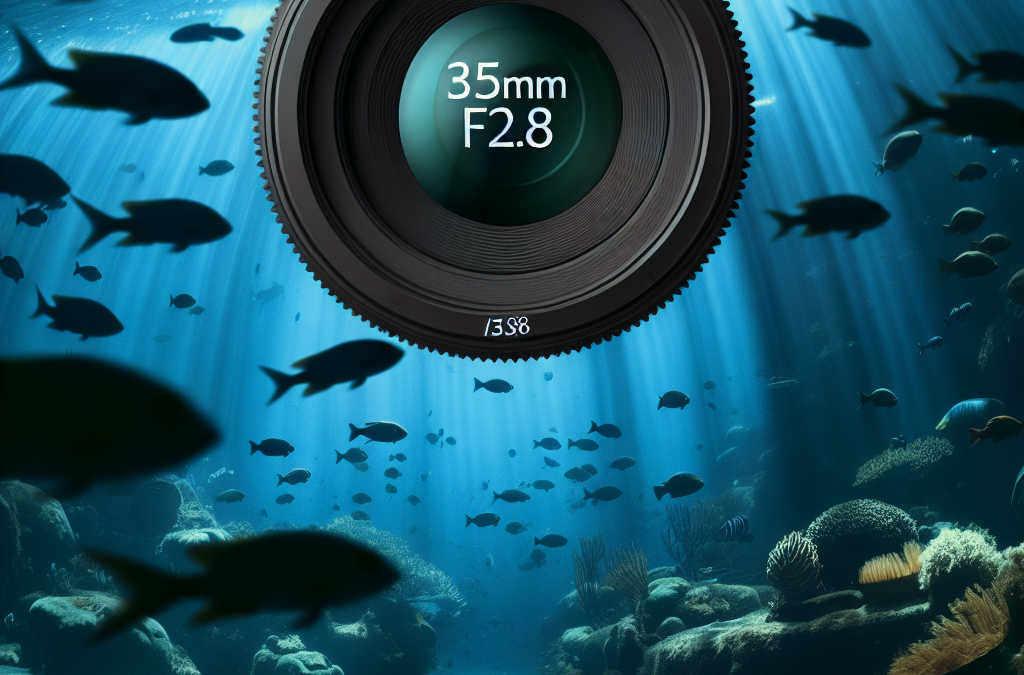Understanding the Environment
Types of Hiding Spots
When I’m on the water, one of the first things I do is look for the best hiding spots for fish. These spots can be anything from underwater vegetation to submerged rocks and fallen trees. Each of these elements creates a natural habitat where fish can conceal themselves. Knowing these areas has boosted my catch rate significantly.
Different species of fish prefer different types of cover. For instance, bass love to hang out around overhead cover like docks or deep reeds. On the flip side, trout tend to seek out cooler, shaded areas under tree branches or under rocky overhangs. By familiarizing myself with these preferences, I can better anticipate where I might find my targets.
Weather also plays a huge role in how fish use their environment. Overcast days can lead fish to come into shallower waters, while sunny days might push them back into the shadows. This knowledge has been crucial in planning my fishing trips to meet the best conditions.
Choosing the Right Bait
Understanding Fish Preferences
Choosing bait is like picking the right outfit; it all depends on where you’re going and who you’re hoping to attract. Different fish have specific tastes! For example, I often find that larger fish like bass are attracted to bigger baits, while panfish usually prefer smaller offerings. Knowing these preferences can make or break your fishing day.
I also consider the time of year when I select bait. During spring, fish tend to go for more vibrant colors, mimicking baitfish that are plentiful during their spawning days. On other occasions, like in the fall, more natural tones work better. Tailoring my bait selection to the season has proven to be a game changer!
Lastly, I’ve learned to pay attention to the water’s clarity. In murky waters, I opt for louder, more brightly colored baits to grab attention, whereas in clear waters, subtlety reigns supreme with natural colors that match the local baitfish.
Techniques for a Successful Catch
Getting the Right Cast
Now, let’s get into casting — it’s all about finesse and practice. A good cast can easily put your bait right where the fish are chilling in the shadows. I often practice various casting techniques like the sidearm cast and the overhead cast to be prepared for any situation.
Placement is everything! When I’m targeting fish hiding under cover, I’ve learned to aim just past the hiding spot. A gentle retrieve back to the lure’s resting place often gets their attention without scaring them off. Patience is key here, which is something I had to learn the hard way!
Don’t forget to play around with your retrieve speed. Sometimes, a quick and erratic action can trigger a predatory response, while other times, a slow and deliberate approach works best. It’s like a dance you have to figure out in real-time with the fish.
Observing Fish Behavior
Reading Water Conditions
Observing is one of my favorite things about fishing; it’s almost like being a detective. To successfully target fish hidden in shadows, I always take time to read the water conditions around me. Are there ripples? Is there movement? These signs can indicate where fish might be lurking, waiting for an opportunity.
Additionally, I pay close attention to any feeding activity. Surface disturbances can signal that fish are actively hunting for food just below. I often use this behavior to decide the best time to cast my line. It’s amazing how much you can learn just by sitting still and watching.
Finally, I’ve noticed that some species are more active at specific times of day. If I want to target certain fish, I make it a point to be on the water during their peak feeding times. It’s all about working with nature rather than against it!
Using Technology to Enhance Your Fishing Experience
Fish Finders and GPS
Okay, I have to admit it — using technology in fishing has been a total game changer for me. Fish finders are like having x-ray vision underwater! They show me depth contours and fish that might be hiding beneath structures, which can make planning a day on the water so much more efficient.
Moreover, having a GPS on hand helps me identify and remember those secret spots I’ve discovered over the years. I make it a habit to mark these locations to ensure I can return to them easily, especially when fishing in unfamiliar waters.
Apps for weather and water conditions are also super useful. Knowing the water temperature and the forecast can significantly influence my fishing strategy. With the right tech, I can strategize my approach much better!
Frequently Asked Questions
What is the best time of day to fish for those hiding in the shadows?
The best time to fish usually falls early in the morning and late in the evening when fish are most active. However, specific times can vary by species!
Can I catch fish hiding under vegetation?
Absolutely! Fish love to hide under vegetation for cover. Using the right bait and fishing techniques, you can definitely lure them out.
What are some effective lures for hiding fish?
Topwater lures, jigs, and crankbaits often do well for fish hiding in the shadows. It depends on the fish species, but always do a little research beforehand!
Are there specific times of year when fish are more likely to hide?
Yes, during spawning seasons or extreme weather conditions, fish tend to seek out areas of cover more than usual.
How important is stealth when trying to catch fish lurking in shadows?
Stealth is super crucial! Fish can be incredibly sensitive to noise and movement, so make sure to approach quietly and cast gently.



